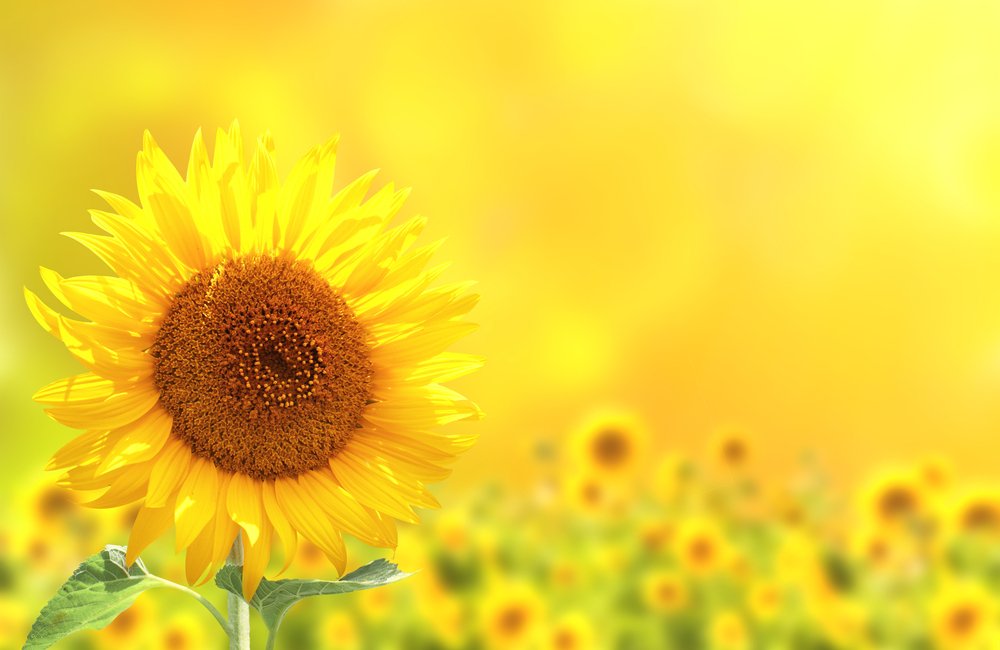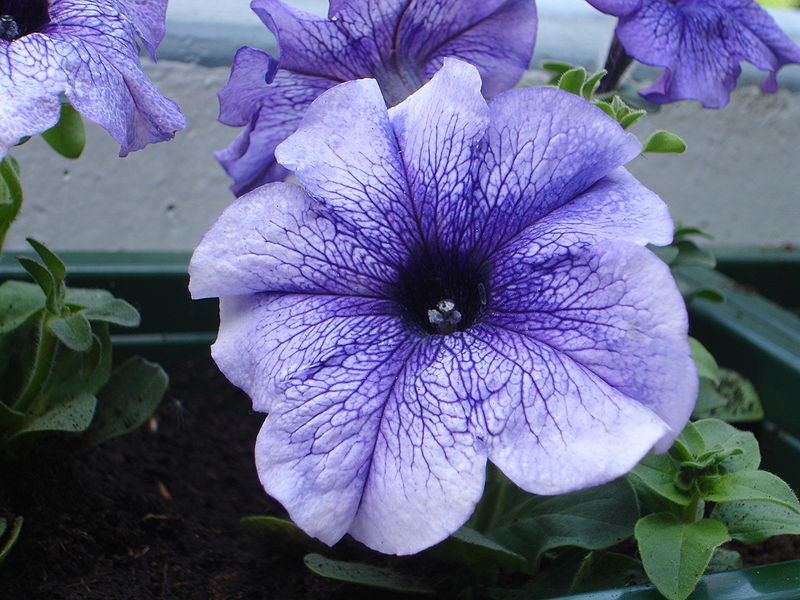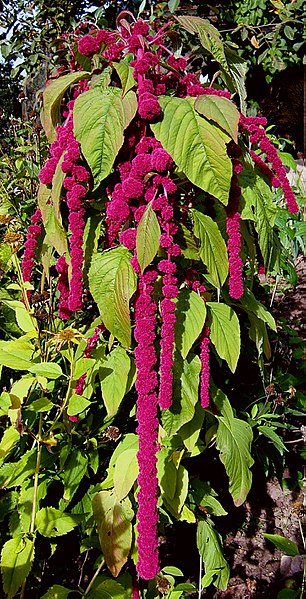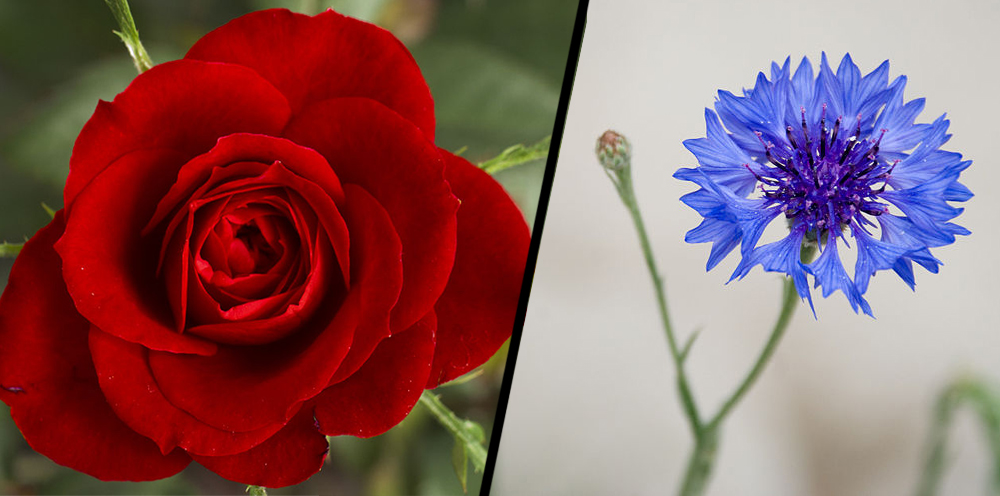Table of Contents (click to expand)
The color of a flower is decided by the hereditary genome of the plant to which it belongs.
While taking a stroll in a park or a garden, the one thing that never ceases to amaze us is the spectacular range of colorful flowers lined up in perfect rows, their gleaming colors entrancing us, as if they were in a jubilant celebration. Now, during any of your long, satisfying gazes at the beauty of flowers, have you ever wondered where flowers get their color? Or why are they colored in the first place?
Where Do Flowers Get Their Color?
Plants get their colors from pigments it produces. These pigments are molecules that selectively absorb or reflect certain wavelengths of light. The wavelength it reflects is the color we perceive. There are a myriad plant pigments, but we can largely categorize them into four different types.
The most popular and the most common pigment in plants might be chlorophyll, providing plants with their green color. Most chlorophylls absorb red and blue wavelength light, mostly reflecting green wavelengths. And that’s what we see. Chlorophylls, though a plant pigment, aren’t commonly found in flowers. Their place lies in leaves and stems.
The second group broadens our plant pigment palette, introducing yellows, oranges and red into it. Carotenoids are the same pigments that impart color to carrots (hence the name), tomatoes, and sunflowers. A common carotenoid, ß-carotene gives sunflowers its optimistic yellow. It primarily absorbs light in the blue region of the visible spectrum, giving us a sunny yellow.

The exciting reds, purples, blues and pinks are the result of anthocyanins. These pigments belong to a class of flavonoids, and are the most important plant pigments for flower coloration. Flavonoids are a large group of compounds, scientists have discovered over 9000 different flavonoids, which are responsible for a range of colors.

Anthocyanins are the molecules that give petunias and orchids their enticing pinks, lends the lilac color of common lilacs, gives roses their passionate reds, and colors blue cornflower, well, blue. A type of flavonoid, tannins, also give tea its brown color.
Betalains color flower petals red to red-violet colors. These pigments give opuntia (or cactus pear) its red color and beets its beet reddish-purple shade. They replace nature’s popular pigments, anthocyanins, in Caryophyllales which include carnations, beets, cacti, amaranths and even some carnivorous plants.

Just like painters mix colors to create a unique hue, the color of many flowers are a result of a combination of pigments in different proportions. This creates gradients and patterns within the flower.
These pigments are chemicals, and their color imbuing capacities can be changed by the pH, association with certain minerals such as iron or magnesium, and temperature. An interesting example of this is the coloration of roses and blue cornflower. The colors of both the flowers are caused by the same anthocyanin, the red and the blue. A 2005 paper published in Nature found that the blue is the result of a ‘superstructure’ of 6 pigment molecules associated with magnesium, iron, and calcium ions. This is fascinating color manipulation!

The color of a flower is decided by the hereditary genome of the plant to which it belongs; therefore, the color of the flowers of a plant is decided long before the flowers are born. Plant DNA has information to create certain machines, or enzymes that catalyze changes to the various organic molecules, creating the host of pigments we have today. You can think of it as a chemistry lab within every flower, with DNA as the instruction manual!
Also Read: Why Do You See Various Shades Of Green In A Garden?
Why Are Flowers Colored?
The colors of flowers are not just for humans to enjoy, but actually serve far more significant purposes. Plants need to reproduce, and for that they depend on reproduction through pollination. And for that, they need to entice pollinators like insects and birds to visit them. Evolution drove flowers to bright colors as a strategy to
Brightly colored flowers attract insects, especially bees, which are the largest contributors to plants’ reproduction, as they can carry pollen to other plants. Colored flowers are advertisements of food. It’s nature’s equivalent of McDonalds telling us their burgers are ‘finger lickin’ good’. The food flowers provide is nectar and pollen.
While these insects are busy sucking nectar or collecting pollen, some of the flower’s pollen will stick to their legs. When the same insects sit on some other flower of the same species, the pollen that they had gathered (quite unwittingly) from the former will spread on these new flowers. Lo and behold, pollination takes place and the circle of flowering life continues! Since pollinators are the target audience, not humans, there are certain colorations that our eyes can’t perceive.
Consider the Black-eyed Susan. It looks like a smaller, daintier version of the sunflower, with sweet yellow petals encircling a black center. But, look through a bee’s eyes and you’ll see the tips of the flowers as light yellow and the base as a darker yellow. This creates a sort of bull-eye pattern showing the bee exactly where the goods are.
Another pollination mastermind are the orchids. Their brightly colored petals, and the odd shape of the flower often manipulate insects by mimic either their mates, as in the case of bee orchids mimicking the mate of a bee, or by mimicking other flowers that bees frequent, like the red helleborine orchid’s petals mimicking bellflower’s purple petals.

Plants don’t only use pollinators to disperse their pollen. In some cases external agents such as wind will do the trick. Those plants don’t waste energy on creating pigments or any tasty nectar for pollinators. Rather the structure of their petals and pollen reflect the mode of pollination. Form dictates function.
From the red of roses to the blue of cornflowers, the yellow of sunflowers and the hidden bull’s eye lurking in black eyed Susans, plants have aced the being resourceful and crafty. Their beauty might provide tranquility to some, or reinforce one’s faith in something larger than themselves. For scientists, these flowers represent all the mysteries of nature.
Also Read: How Do Flowers Attract Pollinators?
How well do you understand the article above!

References (click to expand)
- Leaf Pigments | Harvard Forest. Harvard Forest
- Tanaka, Y., Sasaki, N., & Ohmiya, A. (2008, May). Biosynthesis of plant pigments: anthocyanins, betalains and carotenoids. The Plant Journal. Wiley.
- Shiono, M., Matsugaki, N., & Takeda, K. (2005, August). Structure of the blue cornflower pigment. Nature. Springer Science and Business Media LLC.
- Nilsson, L. A. (1983, October). Mimesis of bellflower (Campanula) by the red helleborine orchid Cephalanthera rubra. Nature. Springer Science and Business Media LLC.
- Bahrin, L. G., Apostu, M. O., Birsa, L. M., & Stefan, M. (2014, May). The antibacterial properties of sulfur containing flavonoids. Bioorganic & Medicinal Chemistry Letters. Elsevier BV.
- Thompson, W. R., Meinwald, J., Aneshansley, D., & Eisner, T. (1972, August 11). Flavonols: Pigments Responsible for Ultraviolet Absorption in Nectar Guide of Flower. Science. American Association for the Advancement of Science (AAAS).
